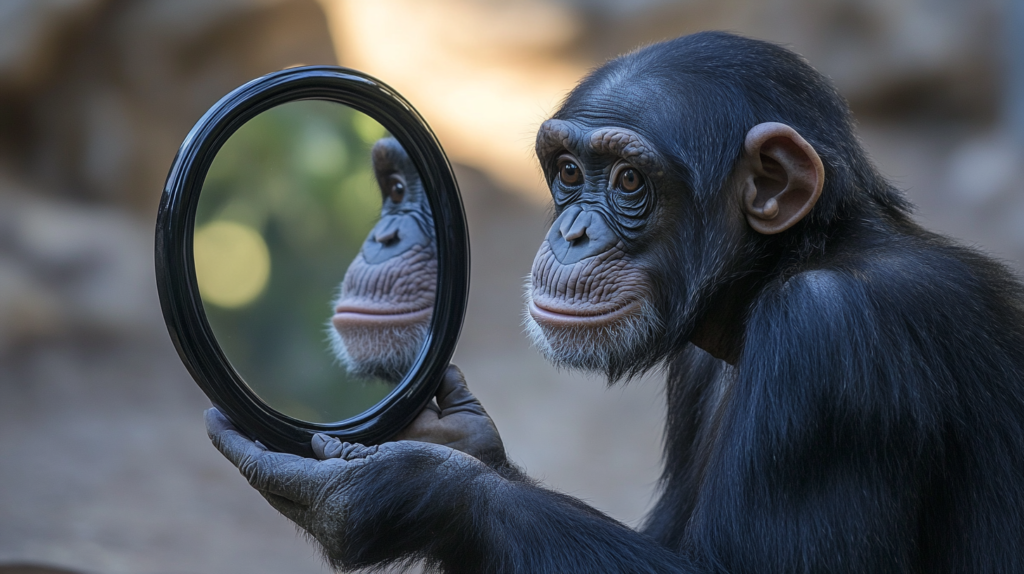Self-awareness is a fascinating trait that was once thought to be unique to humans. However, scientists have discovered that several animal species can recognize themselves in mirrors or other reflective surfaces. This ability suggests a level of cognitive sophistication that challenges our understanding of animal intelligence.
1. Chimpanzees
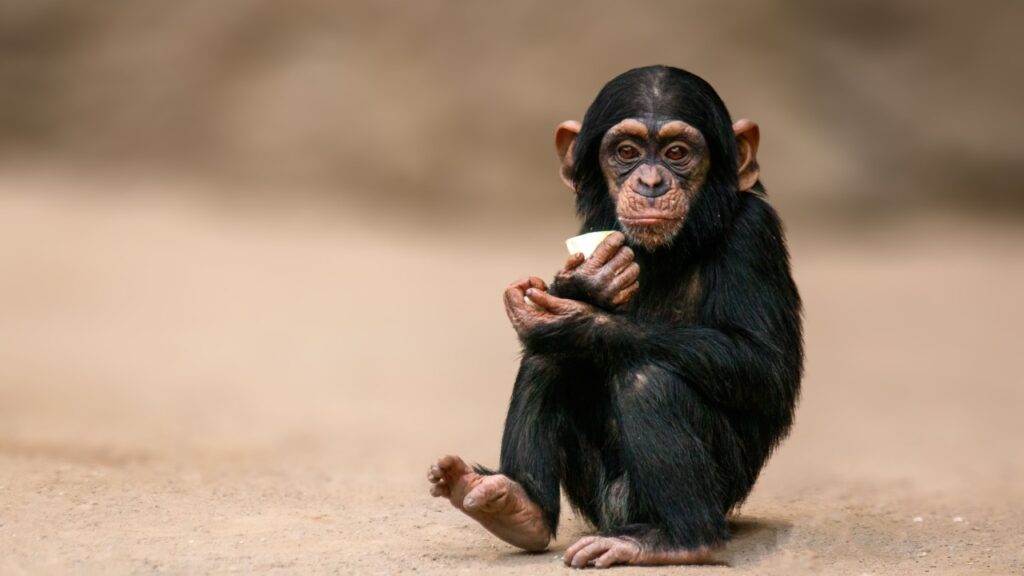
Chimpanzees were among the first non-human animals to pass the mirror self-recognition test. These intelligent primates can identify their own reflections and even use mirrors to groom hard-to-see parts of their bodies. They’ve been observed making faces at themselves and examining marks placed on their faces during experiments. This self-awareness highlights the close evolutionary relationship between chimps and humans.
2. Dolphins
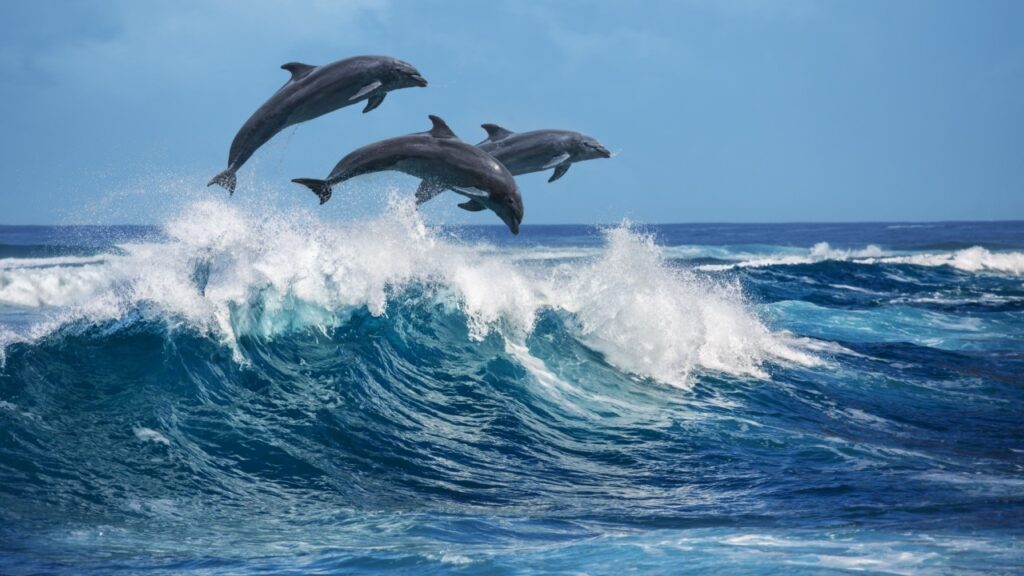
Dolphins are known for their playful nature and high intelligence. These marine mammals have shown the ability to recognize themselves in mirrors from a young age. They often display behaviors like turning to examine marks on their bodies that they can only see in their reflection. This self-awareness may contribute to their complex social structures and problem-solving abilities in the wild.
3. Elephants

Despite their large size, elephants possess a gentle nature and remarkable intelligence. These gentle giants have passed mirror self-recognition tests, using their trunks to touch marks placed on their heads that were only visible in the mirror. This ability suggests that elephants have a sense of self and body awareness, which may play a role in their strong social bonds and empathetic behaviors.
4. Magpies
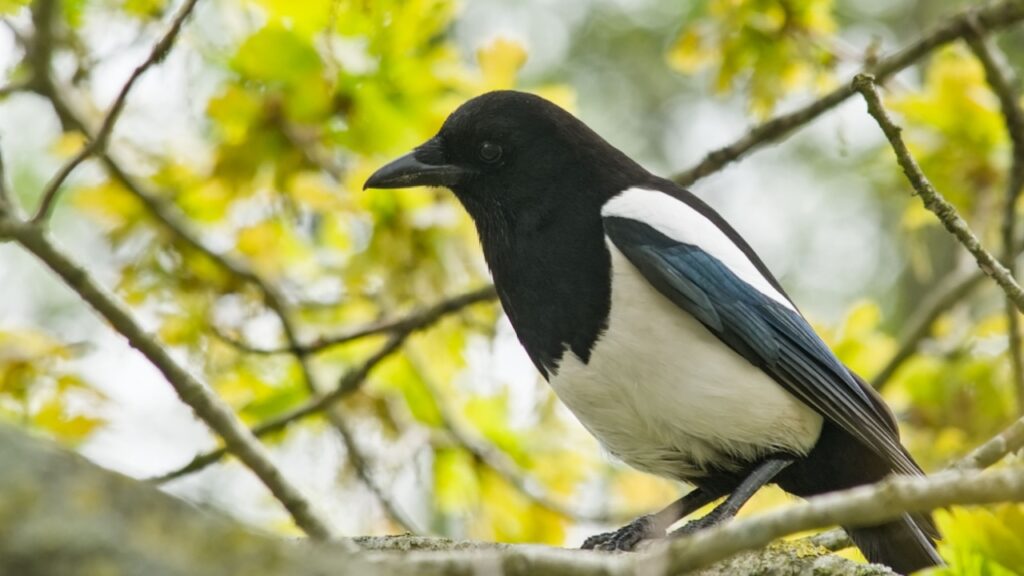
Magpies are the first non-mammalian species to demonstrate self-recognition. These clever birds can identify their own reflections and attempt to remove stickers placed on their bodies during experiments. This discovery challenges the idea that self-awareness is limited to mammals with large brains. It suggests that different types of intelligence may have evolved independently in various animal groups.
5. Orcas
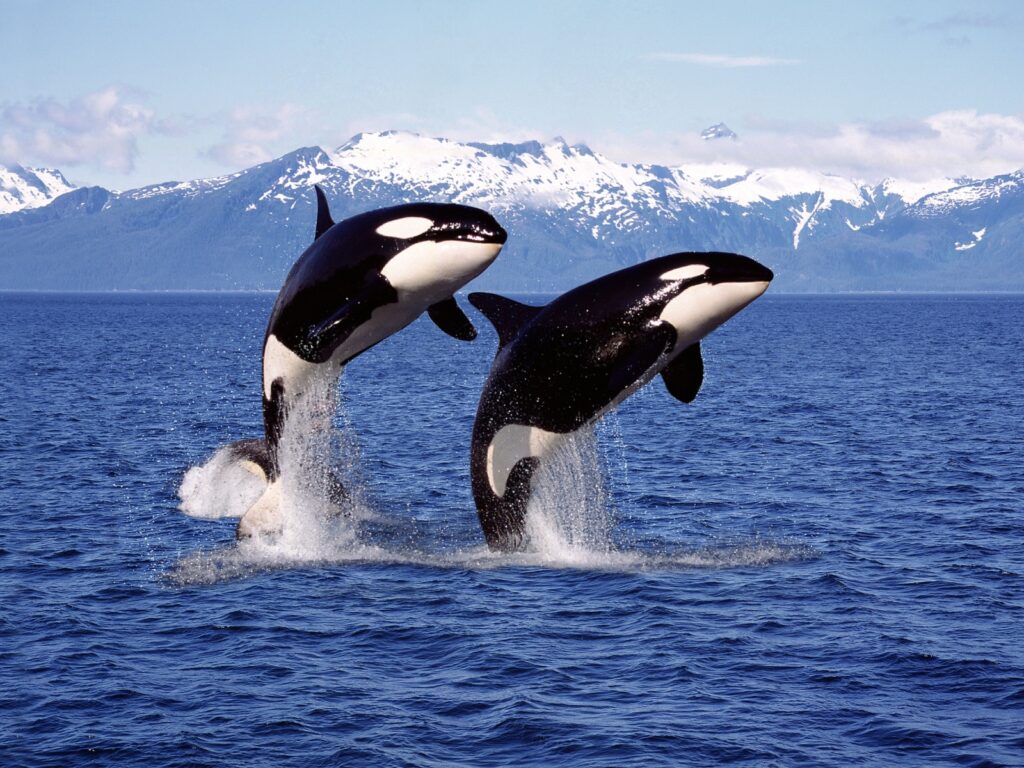
Also known as killer whales, orcas have shown signs of self-awareness in captivity. These intelligent marine predators can recognize themselves in mirrors and have been observed examining their own bodies using reflective surfaces. This ability may contribute to their complex social structures and hunting strategies in the wild.
6. Gorillas
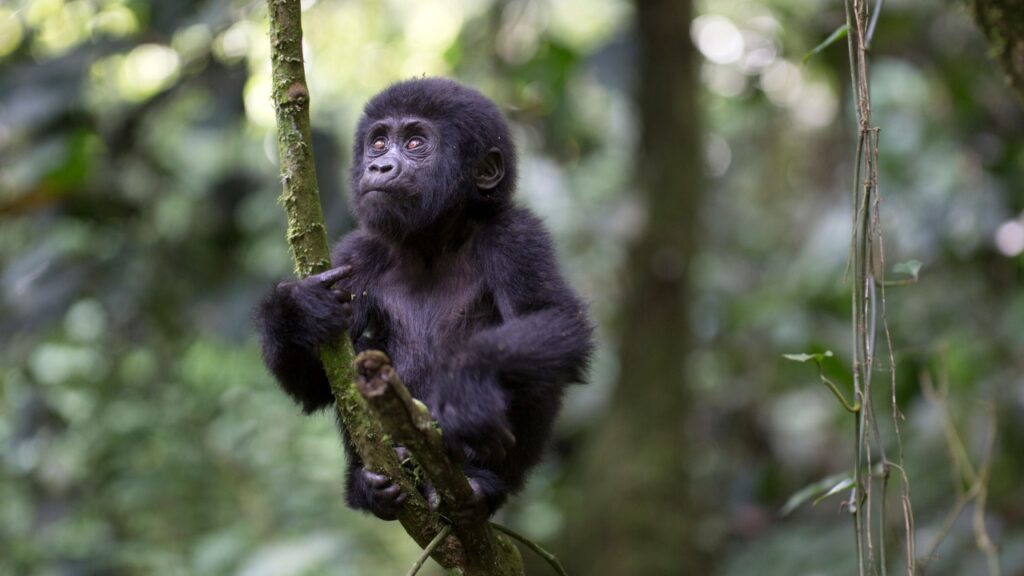
All great apes, including gorillas, orangutans, and bonobos, have demonstrated self-recognition abilities. These primates can identify themselves in mirrors and often use reflections to examine parts of their bodies they can’t easily see. This shared trait among great apes supports the idea of a common evolutionary origin for self-awareness in these species.
7. Pigs
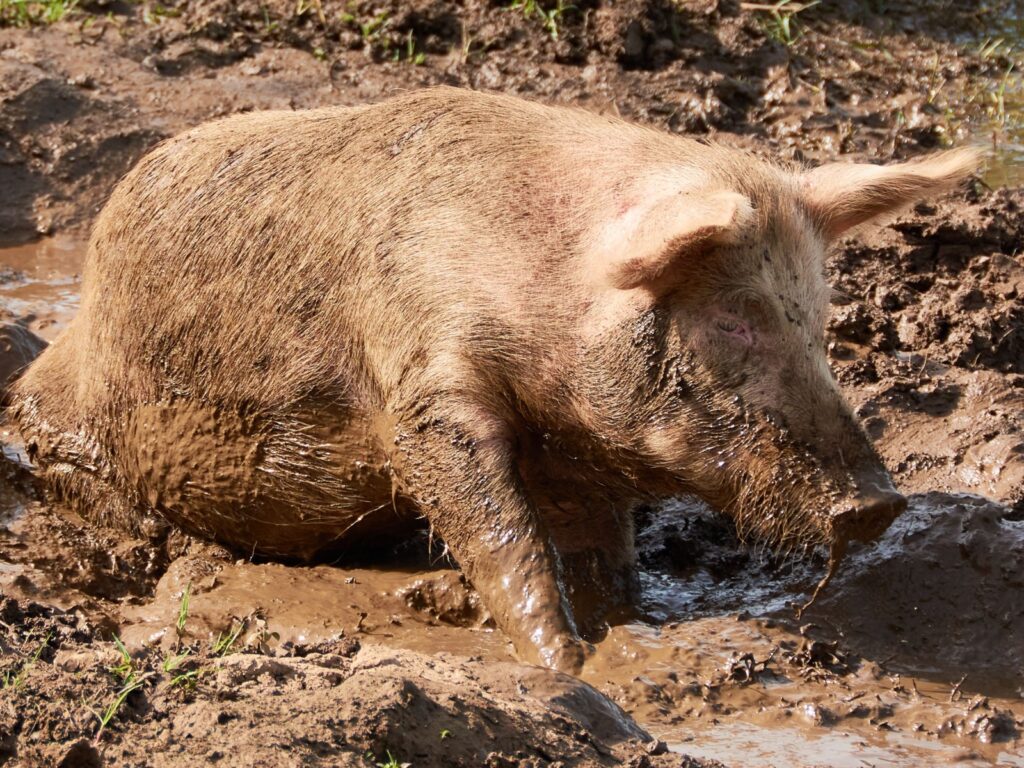
Surprisingly, pigs have shown signs of self-awareness in scientific studies. These intelligent farm animals can use mirrors to find hidden food and have passed some variations of the mirror self-recognition test. This discovery challenges our perceptions of farm animals and raises questions about their cognitive abilities and emotional needs.
8. Rhesus Macaques
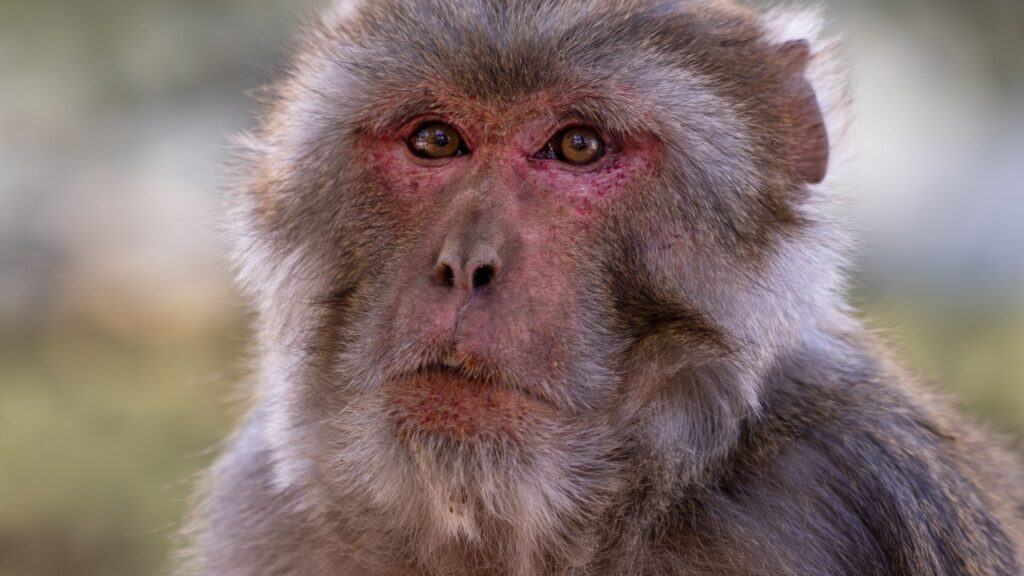
While not all monkey species show self-recognition, rhesus macaques have demonstrated this ability under certain conditions. When trained to use mirrors, these monkeys can recognize themselves and use reflections to examine parts of their bodies. This finding suggests that self-awareness may be more widespread in the animal kingdom than previously thought.
9. Ants
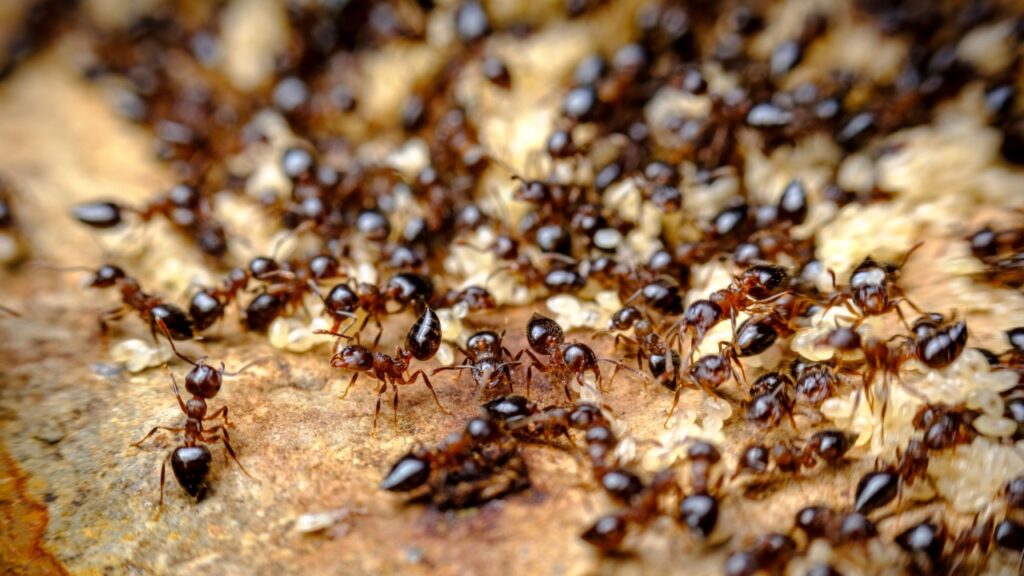
In a surprising twist, some ant species have shown signs of self-recognition. These tiny insects can identify themselves based on their own chemical scents. While not the same as visual self-recognition, this ability suggests a form of self-awareness that helps ants maintain complex social structures and division of labor within their colonies.
10. Manta Rays
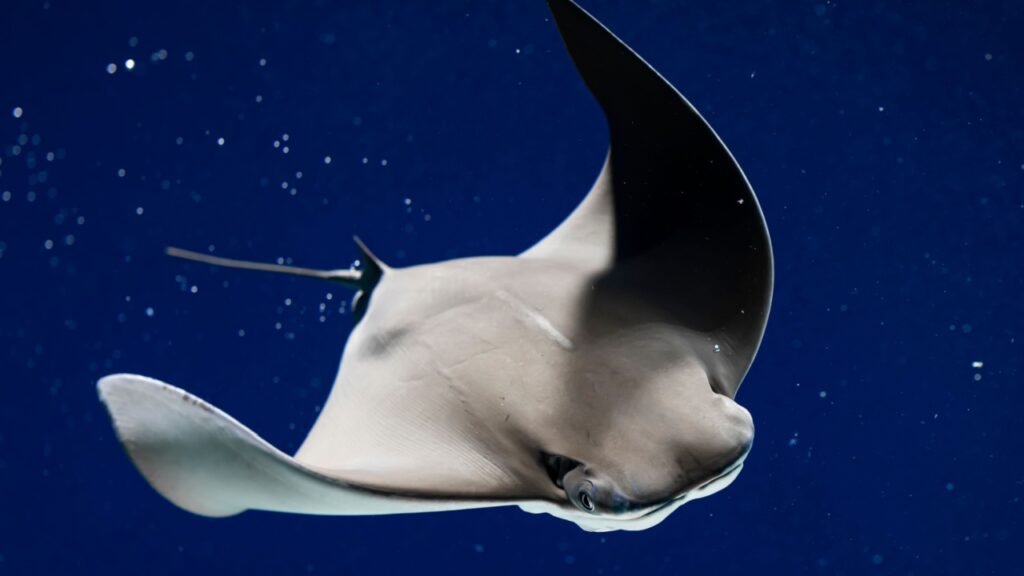
Recent studies have revealed that manta rays may possess self-awareness. These graceful ocean dwellers have been observed displaying unusual behaviors in front of mirrors, suggesting they recognize their own reflections. This discovery opens up new questions about the cognitive abilities of fish and other marine animals.
11. Cleaner Wrasses
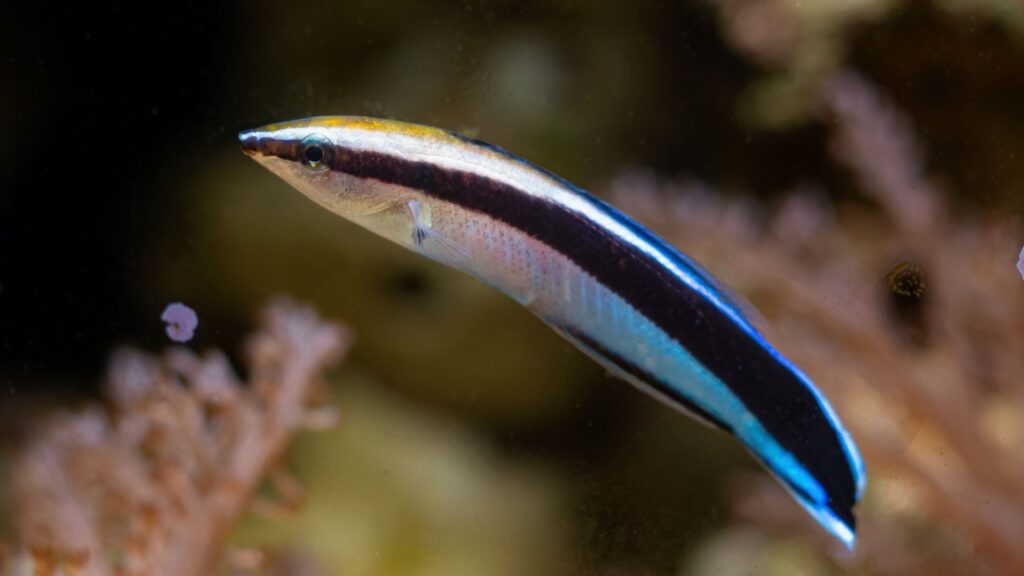
These small fish have passed a modified version of the mirror self-recognition test. Cleaner wrasses attempt to remove marks placed on their bodies that are only visible in a mirror. This finding challenges the idea that self-awareness requires a large, complex brain and suggests that fish may be more intelligent than previously thought.
12. Clark’s Nutcrackers
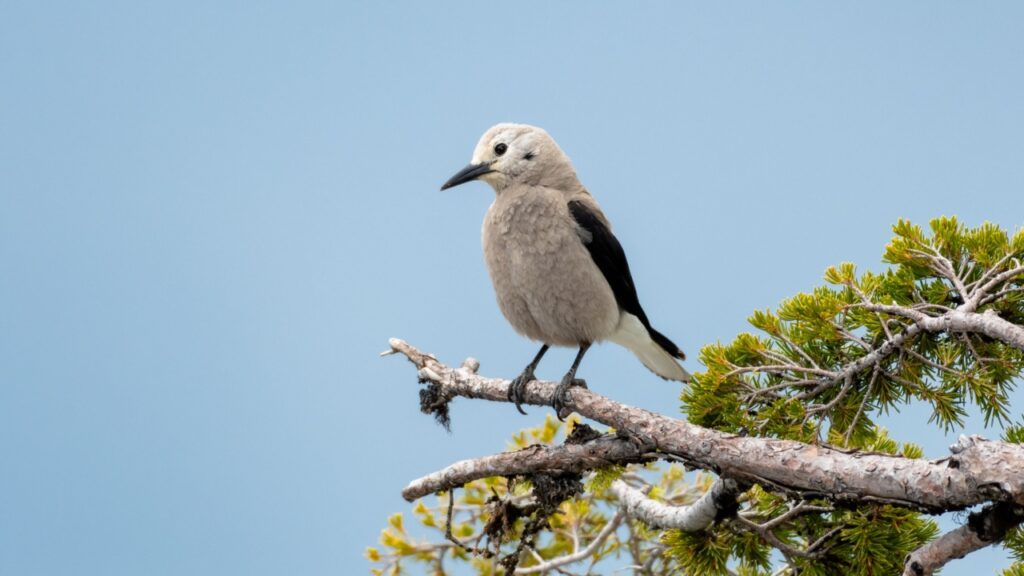
These birds, related to crows and jays, have shown signs of self-recognition in experiments. Clark’s nutcrackers can use mirrors to locate food and show interest in their own reflections. This ability may be linked to their remarkable spatial memory, which allows them to remember thousands of food cache locations.
13. African Grey Parrots

Known for their impressive vocal abilities, African grey parrots have also demonstrated self-awareness. These intelligent birds can use mirrors to locate objects and show signs of recognizing their own reflections. Their self-awareness may contribute to their ability to understand complex language and solve problems.
14. Bottlenose Dolphins
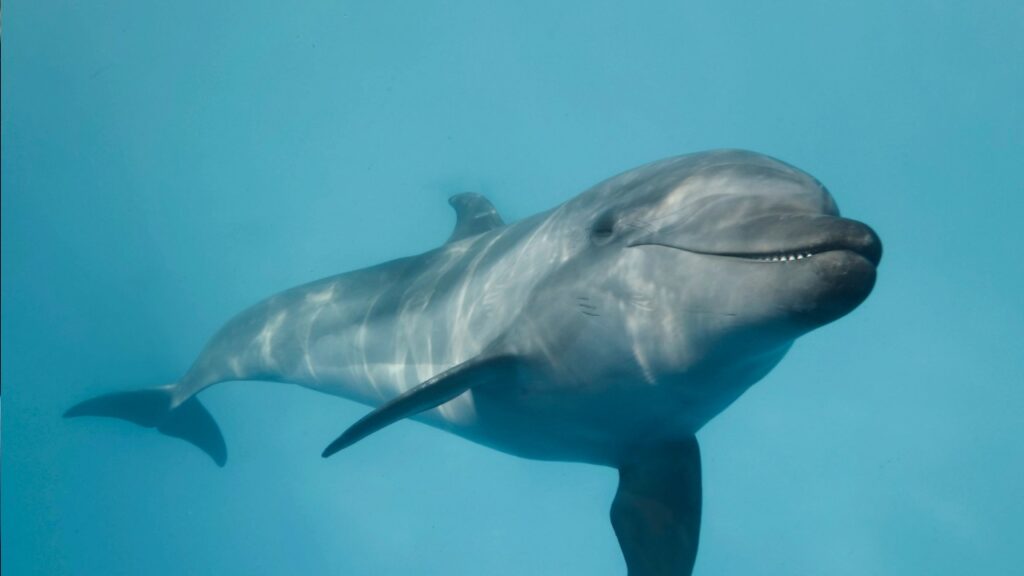
Like their orca cousins, bottlenose dolphins have shown strong evidence of self-recognition. These playful marine mammals can identify themselves in mirrors from an early age. They often use reflections to examine parts of their bodies and show interest in marks placed on them during experiments.
15. Horses
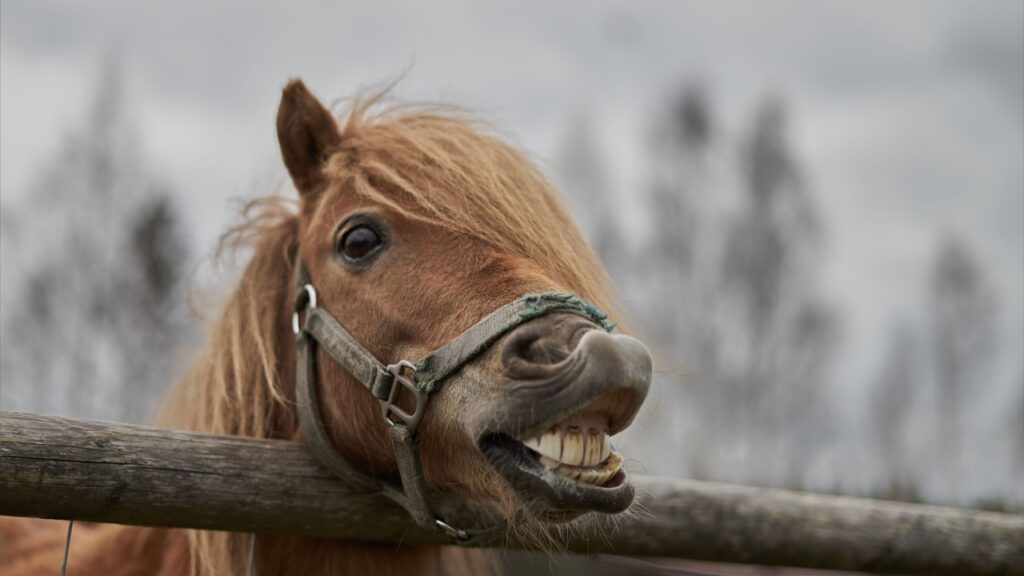
Recent studies suggest that horses may possess a degree of self-awareness. While their responses to mirrors are less clear-cut than some other animals, horses show behaviors indicating they understand the concept of reflections. This finding adds to our understanding of equine intelligence and social cognition.
Becky is a fervent wildlife enthusiast and pet care expert with a diploma in canine nutrition. Her love for animals stretches beyond the domestic, embracing the wild tapestry of global fauna. With over a decade of experience in animal welfare, Becky lends her expertise to OutlandishOwl through insightful articles, captivating wildlife information, and invaluable guidance on pet nutrition. Her work embodies a deep commitment to understanding the intricate lives of animals and a passion for educating others on sustaining natural habitats. Becky's hands-on conservation efforts and her knack for translating complex dietary science into practical pet feeding tips make her an indispensable voice for creatures great and small.

